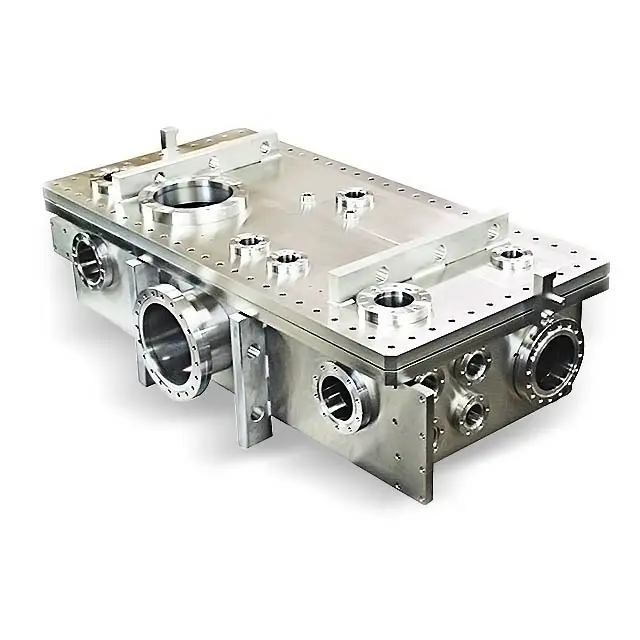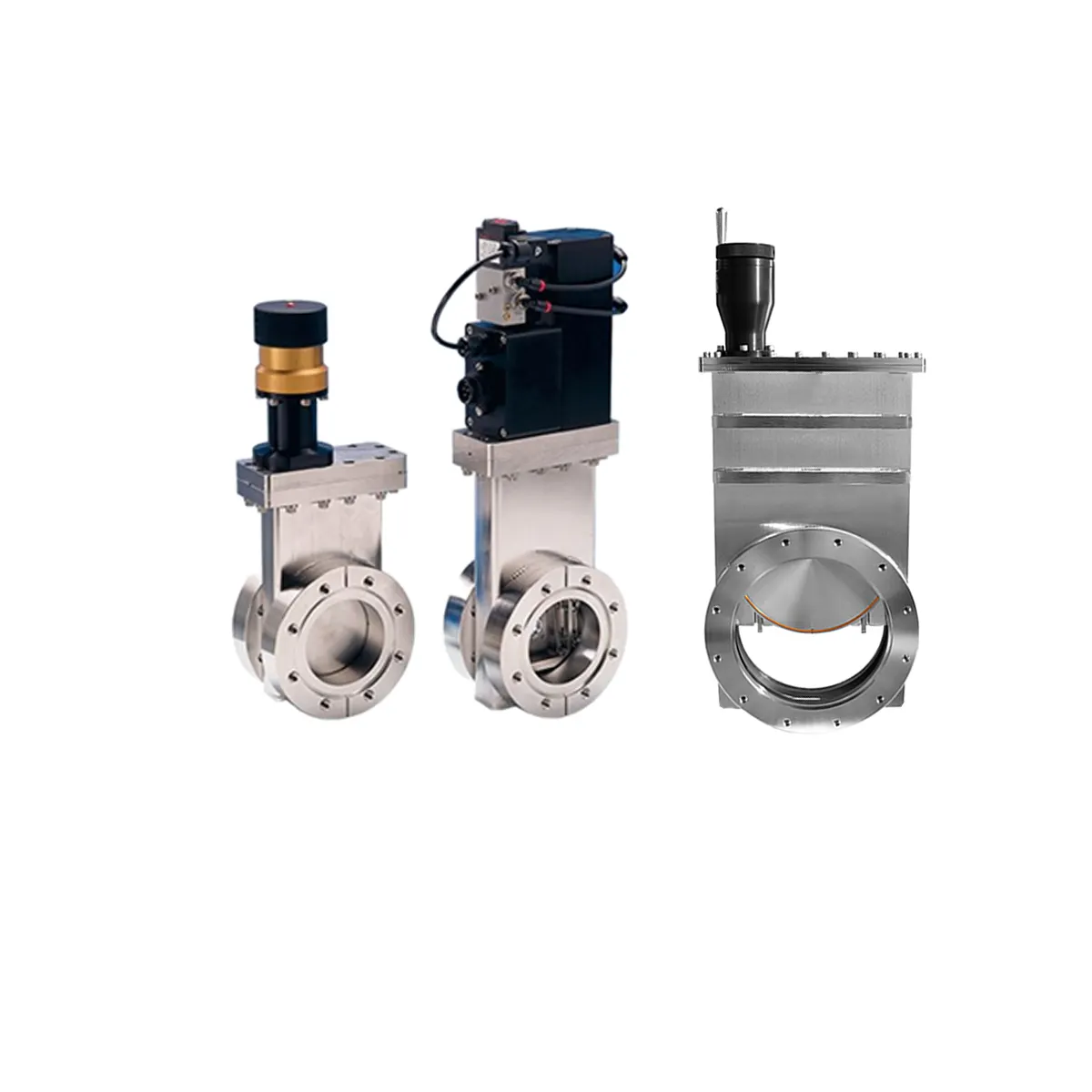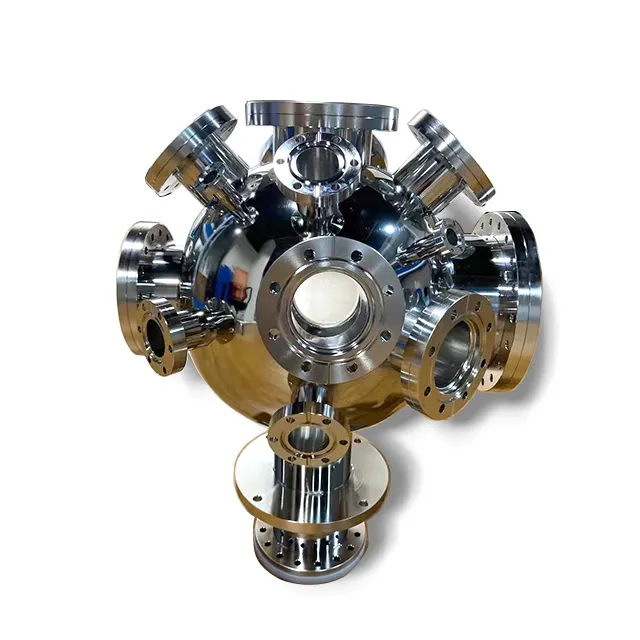components of vacuum system
A vacuum system comprises several essential components working together to create and maintain controlled low-pressure environments. At its core, the system includes vacuum pumps, which serve as the primary mechanism for air removal. These pumps come in various types, including mechanical pumps for rough vacuum and diffusion or turbomolecular pumps for high vacuum applications. The system also features vacuum chambers, which are specially designed vessels constructed from materials like stainless steel or aluminum, providing an enclosed space for various processes. Vacuum gauges are integral components that monitor and measure pressure levels, ensuring precise control over the vacuum environment. Valves and seals play a crucial role in maintaining system integrity, preventing leaks, and controlling gas flow. The system also incorporates various connecting elements such as flanges, gaskets, and vacuum tubing that ensure proper sealing and efficient operation. Advanced vacuum systems may include additional components such as traps and filters to prevent contamination, pressure regulators for precise control, and viewports for process observation. These components work in harmony to support applications ranging from scientific research and semiconductor manufacturing to food packaging and medical device sterilization.


